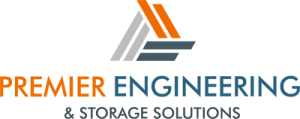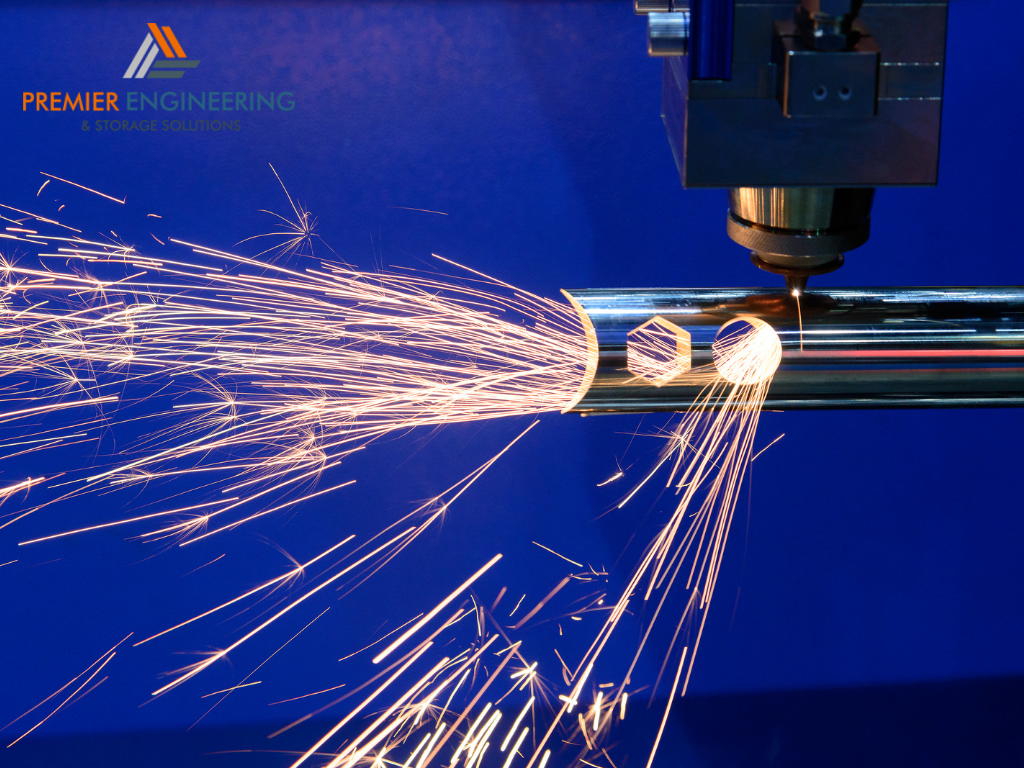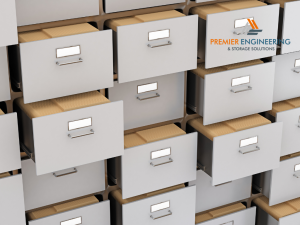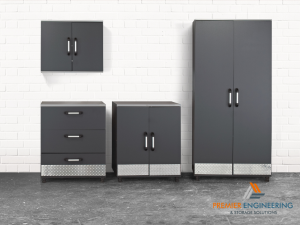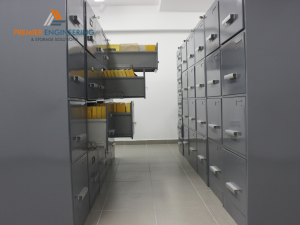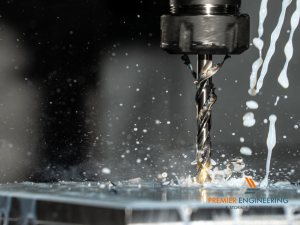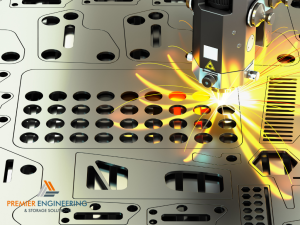In the intricate world of laser cutting, the precision of various parameters plays a pivotal role in achieving the desired outcomes. The quality, efficiency, and accuracy of laser cuts are heavily dependent on how well these parameters are optimized. Key parameters in laser cutting include laser power, cutting speed, and focus, each of which must be carefully adjusted according to the material being cut and the specific requirements of the project. Understanding and controlling these parameters is essential for anyone looking to excel in laser cutting, whether for industrial applications, artistic endeavors, or precise fabrication tasks.
Understanding Key Laser Cutting Parameters
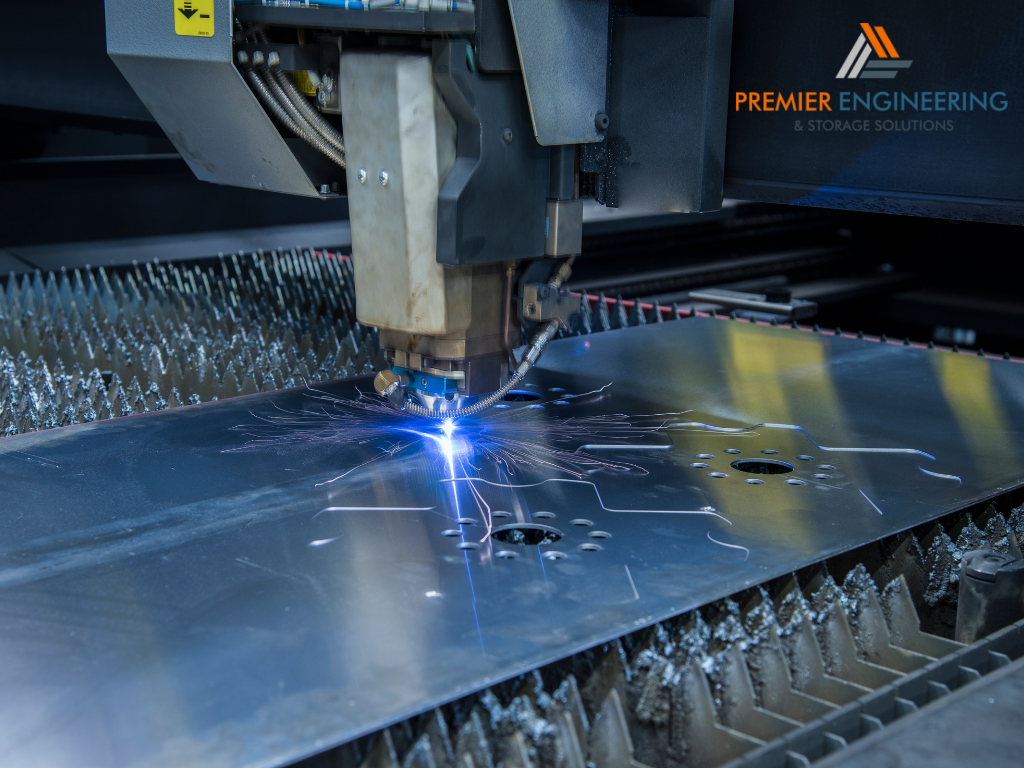
Laser Power: Its Role and Adjustment
Laser power is a crucial factor in the cutting process. It determines the intensity of the laser beam and, consequently, its ability to cut through materials. Higher power levels can cut thicker and denser materials but may increase the risk of burning or melting the material. Conversely, lower power levels are suitable for thinner or more delicate materials. Adjusting the laser power requires a careful balance: too much power can lead to poor quality cuts with excessive burn marks, while too little power might not penetrate the material sufficiently. The adjustment of laser power depends on the material’s thickness, type, and the desired speed of the cutting process.
Speed Settings in Laser Cutting
The speed at which the laser moves over the material greatly impacts the quality of the cut. Faster speeds can lead to quicker cuts, which is efficient but might compromise the cut’s quality, especially in thicker materials. Slower speeds ensure a cleaner cut but can increase the risk of heat damage to the material. Finding the optimal speed is critical and involves considering the material type, thickness, and the intricacy of the design. For complex and detailed patterns, a slower speed might be necessary to achieve precise cuts.
Focus and Precision in Laser Cutting
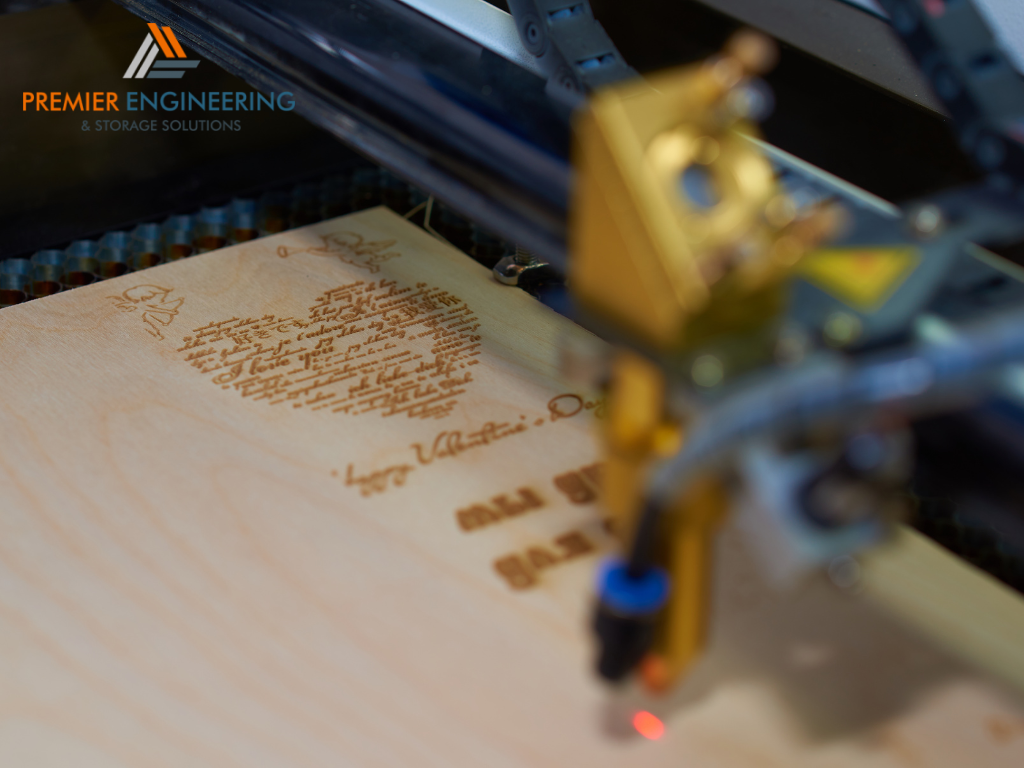
The Importance of Laser Focus
The focus of the laser beam is another vital parameter. A properly focused laser beam results in a precise and clean cut with minimal kerf and heat affect zone. The focus is determined by the distance between the laser nozzle and the material’s surface. If the laser is not correctly focused, the cut may be uneven, or the laser might not fully penetrate the material.
Adjusting Focus for Various Material Thicknesses
Adjusting the focus is particularly important when working with materials of varying thicknesses. Thicker materials require a laser beam focused deeper into the material’s surface, while thinner materials need a tighter focus near the surface. Some laser cutting machines have auto-focus capabilities, but manual adjustment may be necessary for optimal results in certain situations. Understanding how to adjust the focus for different materials is key to achieving the best cut quality and precision.
Advanced Techniques in Parameter Optimization
Pulse Frequency Settings and Their Effects
Pulse frequency, or the rate at which the laser fires, plays a significant role in laser cutting, especially for materials that require a high level of detail. Adjusting the pulse frequency can affect the smoothness of the cut and the heat input into the material. Higher pulse frequencies can produce smoother cuts and are ideal for intricate designs but may increase the risk of heat buildup in certain materials. Conversely, lower pulse frequencies result in a coarser cut but can be beneficial for thicker or heat-sensitive materials by reducing the thermal impact. Understanding how to adjust pulse frequency based on the material and the desired outcome is key for advanced laser cutting operations.
Layering Techniques in Complex Cuts
Layering cuts is a technique used in complex laser cutting projects. This involves cutting a design in stages or layers to achieve detailed and intricate patterns without overburdening the material with heat. Adjusting laser parameters such as speed, power, and frequency for each layer is crucial to ensure precision and prevent material damage. This method requires careful planning and a deep understanding of how different parameters interact with the material at each stage of the cutting process.
Material-Specific Parameter Settings
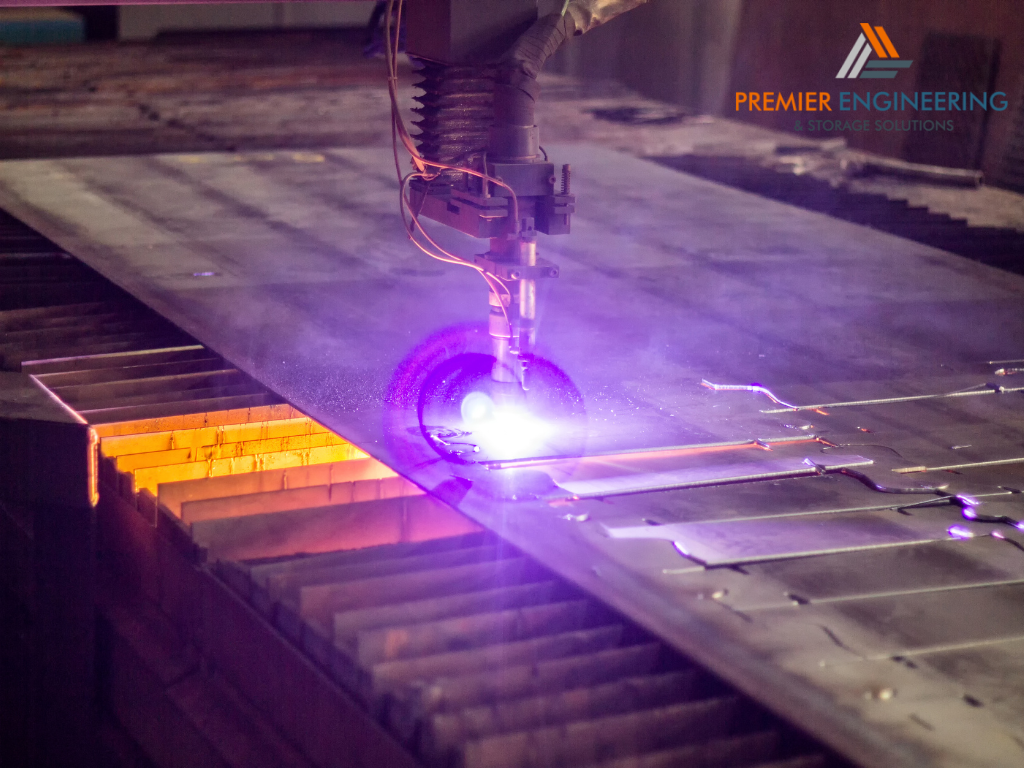
Customizing Parameters for Different Materials
Each material responds differently to laser cutting, requiring customized parameter settings for optimal results. For instance, cutting metals like steel might require higher power settings and lower speeds, whereas plastics and woods can be cut at higher speeds with lower power. Adjusting the focus is also material-dependent, with thicker materials needing a more defocused beam for better energy distribution. Understanding the characteristics of each material is essential for setting the right parameters.
Dealing with Heat-Sensitive Materials
Heat-sensitive materials, such as certain plastics or laminates, require special attention during laser cutting to prevent warping or burning. Techniques like reducing power, increasing speed, and using a higher pulse frequency can minimize heat buildup. Implementing air assist, where a stream of air is directed at the cutting point, can also help dissipate heat and reduce the risk of material damage.
Trial and Error: Finding the Right Balance
The Role of Experimentation in Parameter Setting
Achieving the perfect laser cut often involves a degree of experimentation. Trial and error play a significant role in determining the best settings for each unique project. This process involves adjusting one parameter at a time and understanding its impact on the cut quality. It’s a meticulous approach that requires patience but is crucial for mastering laser cutting techniques.
Documenting and Learning from Tests
Documenting the results of each test cut is invaluable. Keeping a record of parameter settings and their outcomes creates a reference that can be used for future projects, saving time and reducing material wastage. This practice also contributes to a deeper understanding of how different materials and designs respond to various laser settings.
Maintaining Equipment for Consistent Parameters
Routine Maintenance and Its Impact on Laser Cutting Quality
Regular maintenance of laser cutting equipment is fundamental to ensuring consistent parameter settings and, consequently, high-quality cutting results. Proper maintenance includes cleaning lenses and mirrors to prevent distortion of the laser beam, checking and replacing worn-out parts, and ensuring all moving components are lubricated and functioning smoothly. Neglecting routine maintenance can lead to inconsistent cuts, diminished accuracy, and a higher likelihood of equipment failure. Therefore, a well-maintained machine is crucial for maintaining the precision and reliability of laser cutting operations.
Calibration and Alignment Checks
Calibration and alignment are critical for the optimal performance of laser cutting machines. Regular checks and adjustments ensure the laser beam is correctly focused and the cutting path aligns accurately with the intended design. Calibration involves adjusting the laser to the correct focal length, especially after changing lenses or cutting different material thicknesses. Alignment checks ensure the laser beam follows the correct path from the emitter to the cutting surface. These procedures help in preventing inaccuracies like skewed cuts or uneven depths, ensuring each cut is as precise as the last.
Conclusion
Optimizing laser cutting parameters is a meticulous and critical process, essential for achieving high-quality results. From adjusting laser power and speed to focusing the beam and modifying pulse frequencies, each parameter plays a vital role in the outcome of the cutting process. Regular equipment maintenance and calibration are equally important to ensure these parameters remain consistent and accurate. Mastering laser cutting techniques is a continuous journey of learning and adjustment, requiring dedication and attention to detail. As technology evolves, so too should the skills and knowledge of those working with laser cutting equipment, always striving for the highest standards of quality and precision.
